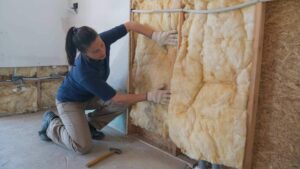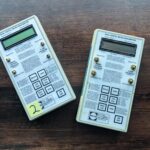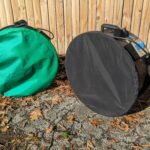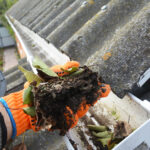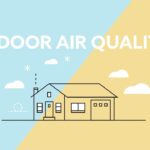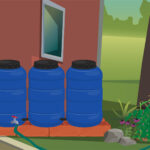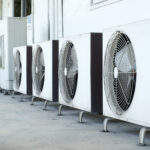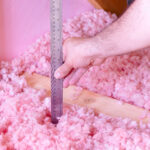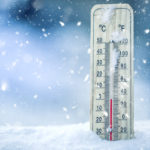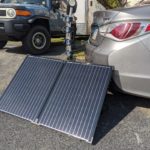How Much Sealing is Too Much?
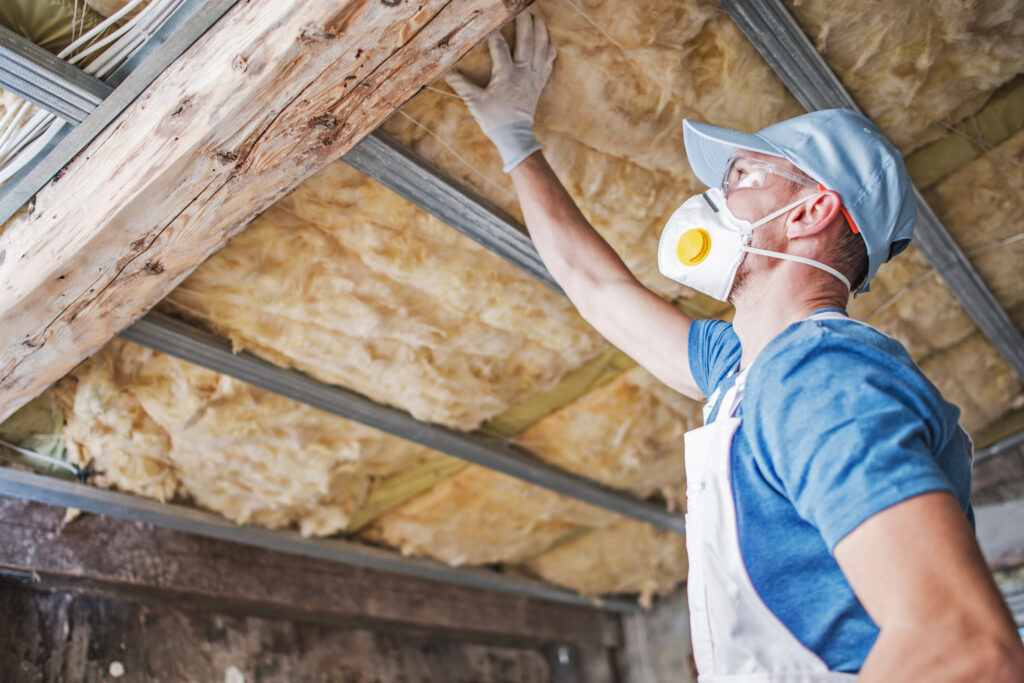
With all of the talk about having insulation installed, holes and gaps air sealed, and windows and doors weather stripped, there is also such a thing as having the house too tight. As much as we need to retain heated or cooled air from our HVAC system so that it doesn’t equate to money flying out of the door, we also need fresh air from the outside to cycle in and out to remove indoor air pollutants created in the home. This is a less common issue compared to those with too much outdoor air cycling in and out. However, the negative impacts can be just as detrimental.
Byproducts that are created in our homes have no choice but to linger if the home is completely sealed from the outside. To name a few byproducts, there is carbon dioxide and moisture created by us, our pets, plants, and even those bugs or critters hiding around. Then there are byproducts like VOCs, carbon monoxide, nitrous oxide, carbon dioxide, and other gases created by our combusting appliances, cleaning products, and processes like cooking in the kitchen. Without a way to force byproducts out of the home daily, they stay stagnant and create hazards to our health. We see it with mold forming on the windows and in the attic. We see it with dust accumulation. We see it with adverse health outcomes like asthma, chronic headaches, and frequent colds.
Ventilation in the house is measured in ACH, air changes per hour. Scientific bodies like the EPA, ASHRAE (American Society of Heating Refrigerating Air-Conditioning Engineers), and ANSI (American National Standards Institute) considers an appropriate air exchange rate for home spaces as 0.35 – 1 air changes per hour but not less than 15 cubic feet of air per minute (CFM) per person. This value fluctuates based on factors like current ventilation in the home, the number of occupants, smokers or non-smokers, and harmful indoor emissions like VOCs. What this means is that after approximately three hours, at a rate of 0.35 ACH, all of the air currently in the house should be replaced with fresh outdoor air. This is just for homes; places like offices are suggested to have 2-3 air changes per hour, schools to have 5-6 air changes per hour, and restaurants to have 6-8 air changes per hour.
Ventilation and indoor air quality can be managed and improved in the home. Here are a few tips and recommendations to ensure your home is breathing safe air—
- Spot Ventilation- There are a few parts of the home that extra ventilation is necessary. The bathroom needs exhaust fans to remove moisture. The kitchen also needs to have air exhausted to the outside so that byproducts from our meal preparation can exit the home. This can get costly depending on how much mechanical ventilation is being installed, but the payback in terms of fostering good indoor air quality is worth it.
- Have Systems Inspected- This includes the furnace, water heater, and oven. The furnace is the one system that should be inspected by a technician annually. For the water heater and oven, DIY maintenance can be done. Check for at least two feet of clearance space around the water heater if it naturally drafts so it can pull air without obstruction. Ovens should be cleaned as needed to ensure fallen leftovers are not creating carbon based fumes and fire hazards.
- Change Furnace Filters- Changing the filter in your furnace is one of the easiest DIY actions you can take to prevent dust and allergens from being spewed into the air. It is recommended to change out the filter every one to three months.
- Carbon Monoxide Detector- Installing a carbon monoxide detector is mandatory in homes. Carbon monoxide detectors are so necessary because it is a gas you cannot detect with your senses. Make sure to check the battery status of your detector routinely.
- Move Cleaning Products and Chemicals to an Unconditioned Space- Long term exposure to products stored in the house like bleach, laundry detergent, antifreeze, gasoline, ETC can trigger asthma or irritation to the skin and eyes. An alternative to storing these products under the sink is to either store them outside in a unit or buy non-toxic products. Additionally, keep track of which products have expired and dispose of them properly at an appropriate waste facility.
- Schedule an Energy Audit- If you are concerned about the home feeling too stuffy and tight, an energy audit can reveal how tight the home is and whether or not additional ventilation is required. After measuring the area and volume of the home, a blower door test is set up to quantify the amount of air leakage in CFM at an industry standard pressure 50 Pascals. The blower door depressurizes the home, exhausting all of the indoor air outside like a bathroom fan. As a result, air that infiltrates the home through cracks and holes is exaggerated. There are CFM ranges that indicate the home is tight, moderate, and leaky.
While some of these tips and recommendations can be costly, especially with spot ventilation, the cost of not taking action may be greater. There is a middle ground to hit between too much air infiltration and too little. Proper ventilation and exhausting of byproduct ensures that indoor air quality is sound.



